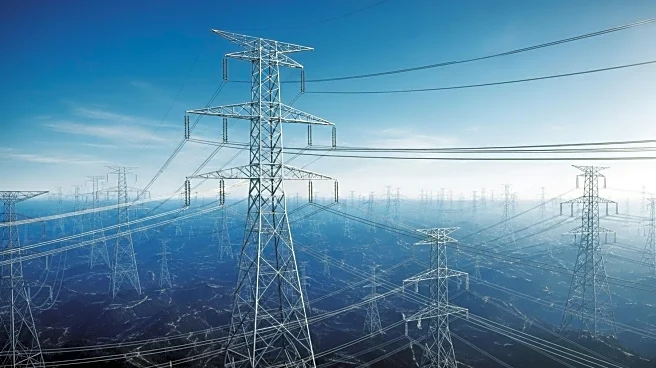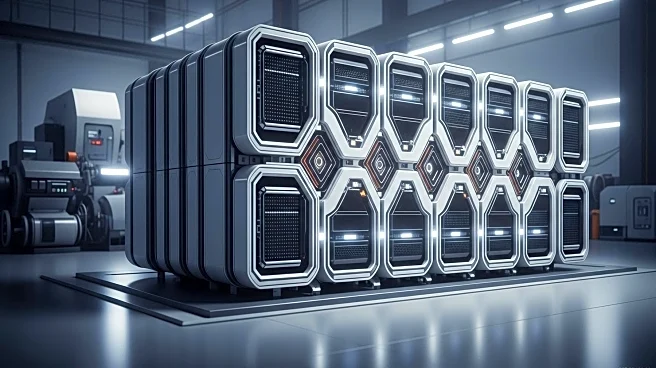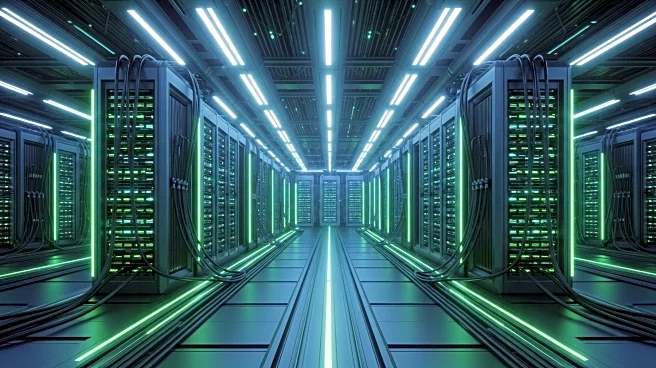What's Happening?
Investment in transmission infrastructure is expected to grow significantly, reaching $573.7 billion by 2030, up from $372.6 billion in 2025. This growth is driven by the rising demand for smart grids, government initiatives, and the integration of renewable energy sources. Technologies such as artificial intelligence and the Internet of Things are enhancing grid efficiency and resilience, optimizing power flow and reducing outages. Data centers are playing a crucial role in the evolution of smart grids, utilizing advanced technologies to refine energy consumption and support sustainable power infrastructure.
Why It's Important?
The substantial investment in transmission infrastructure reflects a global shift towards more efficient and resilient energy systems. As smart grids become more prevalent, they offer improved reliability and sustainability, reducing energy waste and enhancing grid stability. This transition supports the integration of renewable energy sources, contributing to environmental goals and reducing dependence on fossil fuels. The growth in transmission infrastructure investment also presents opportunities for technological innovation and economic development, as industries adapt to new energy paradigms.
Beyond the Headlines
The expansion of transmission infrastructure raises considerations about cybersecurity and data privacy, as smart grids rely on interconnected technologies. Ensuring the security of these systems is crucial to prevent disruptions and protect sensitive information. Additionally, the integration of AI and IoT in energy systems may lead to ethical debates regarding automation and the role of human oversight. As the energy landscape evolves, stakeholders will need to address these challenges to ensure the successful implementation of smart grid technologies.










